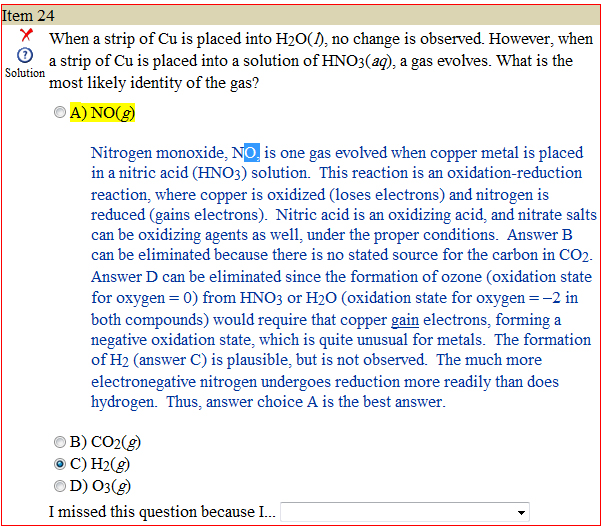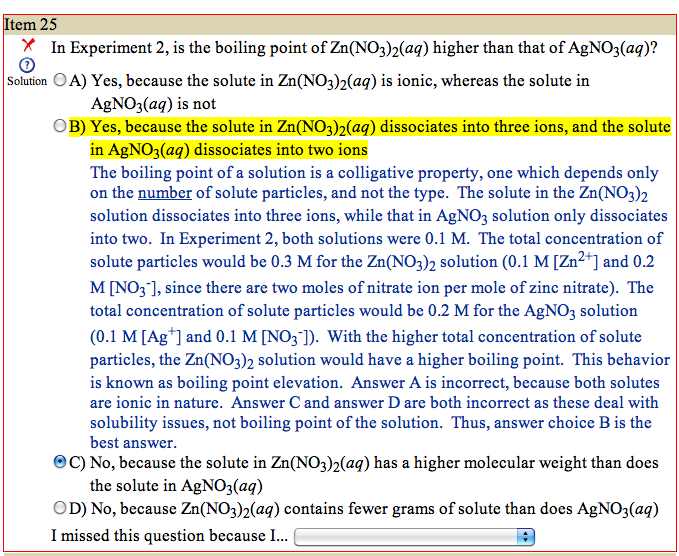An object that is totally immersed in benzene (specific gravity = 0.7) is subject to a buoyancy force of 5 N. When the same object is totally immersed in an unknown liquid, the buoyancy force is 12 N. What is the approximate specific gravity of the unknown liquid?
The answer is 1.7. Which formula did you guys use? I'm curious to see how people went about this one. I tried to manipulate a couple formulas but didn't see the relationship. I suck at liquids.
you have to realize that the MCAT likes to test you on the CONCEPTS. They hardly make you do a lot of calculations.
For this question, I simply used what I know about SG and density, as well as buoyant force, to guess what the SG would be.
So we know that Buoyancy = density of FLUID x volume of OBJECT x gravity.
If the buoyancy of the object increased in that FLUID, whereas the normal SG was 0.7, then obviously the density of FLUID INCREASED. To what extent? well, buoyancy is directly related to density, and the buoyant force multiplied by greater than 2 but less than 2.5 to give you 12N. Therefore, the same thing should be expected for the DENSITY. Since SG is a comparison between DENSITIES, if the density of the fluid multiplied by x2-x2.5, then the SG should have done the same.
And presto, you take 0.7 and multiply by 2, but keep it less than what it would be if you multiplied by 3. you get somewhere in between 1.4 and 2.1.
2.1 is obviously too big (if you multiplied by 3). 1.7 is right in there at the perfect range.
This question took me 10 seconds to figure out. But only because I understood what had happened at the AAMC4 question with SG. Otherwise, I can understand how people would spend nearly 5 minutes on this single question.
THE KEY THING to realize in PS of MCAT is RELATIVITY.
This is the most important thing MCAT seems to emphasize in many problems that seem like a lot of work...
Hope that was of help.
SS3




